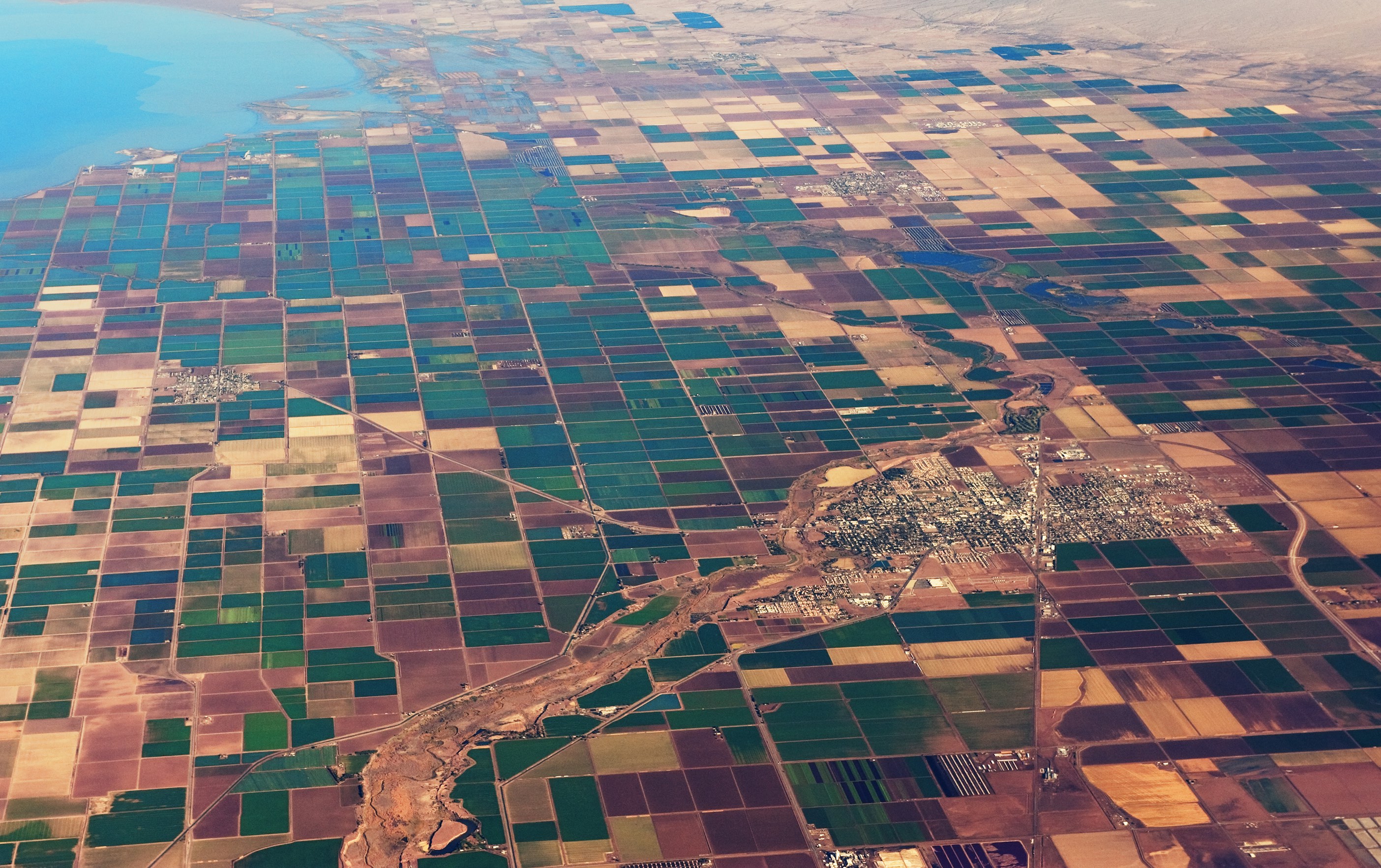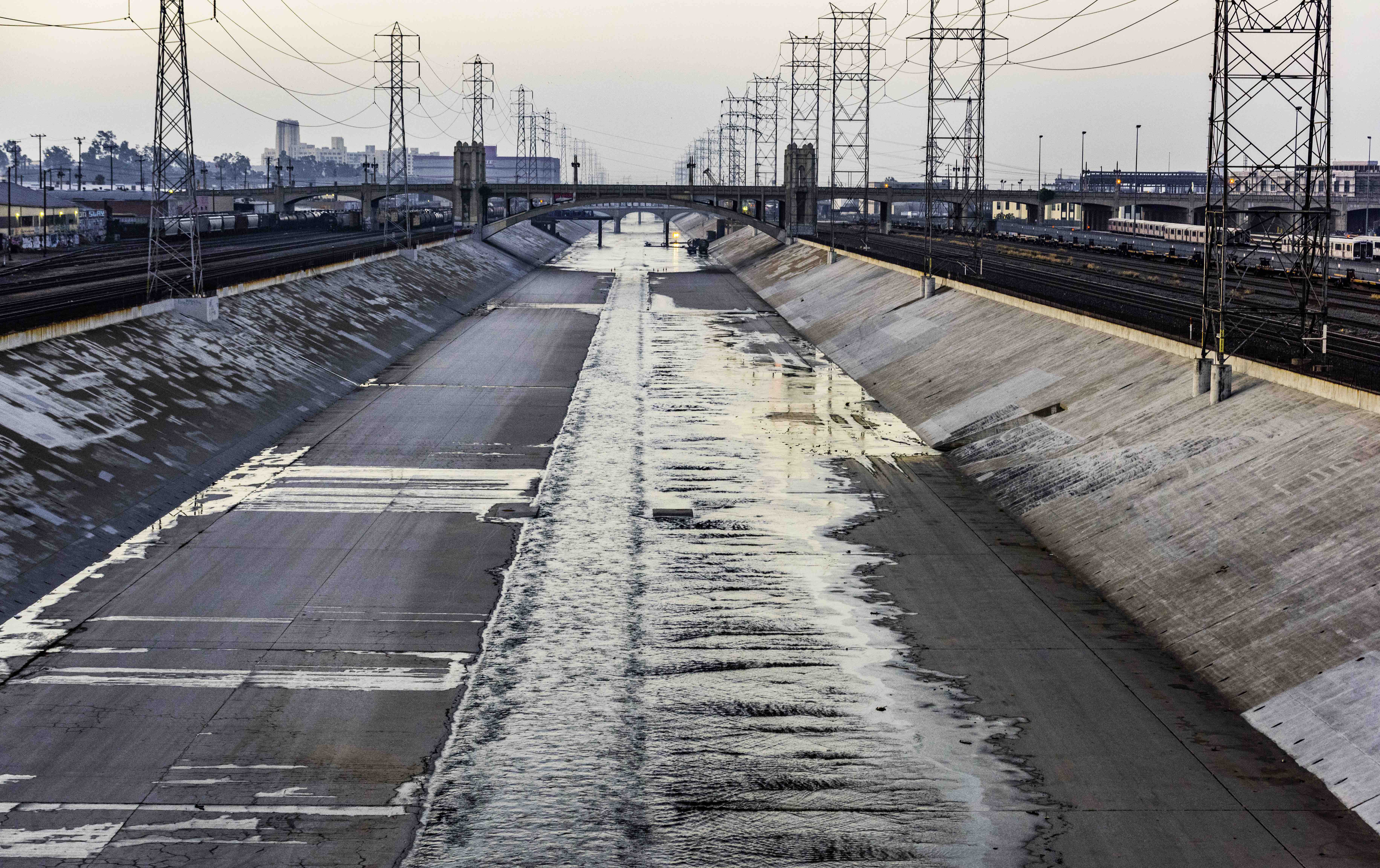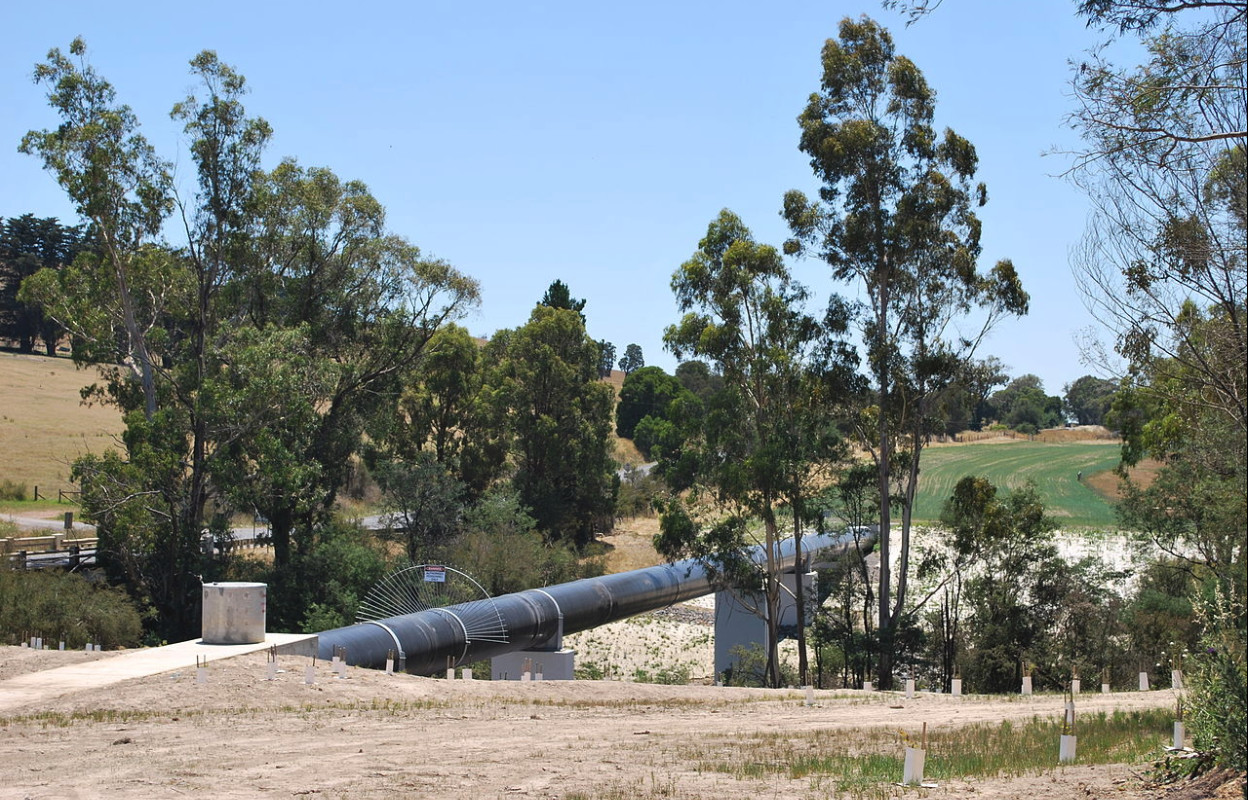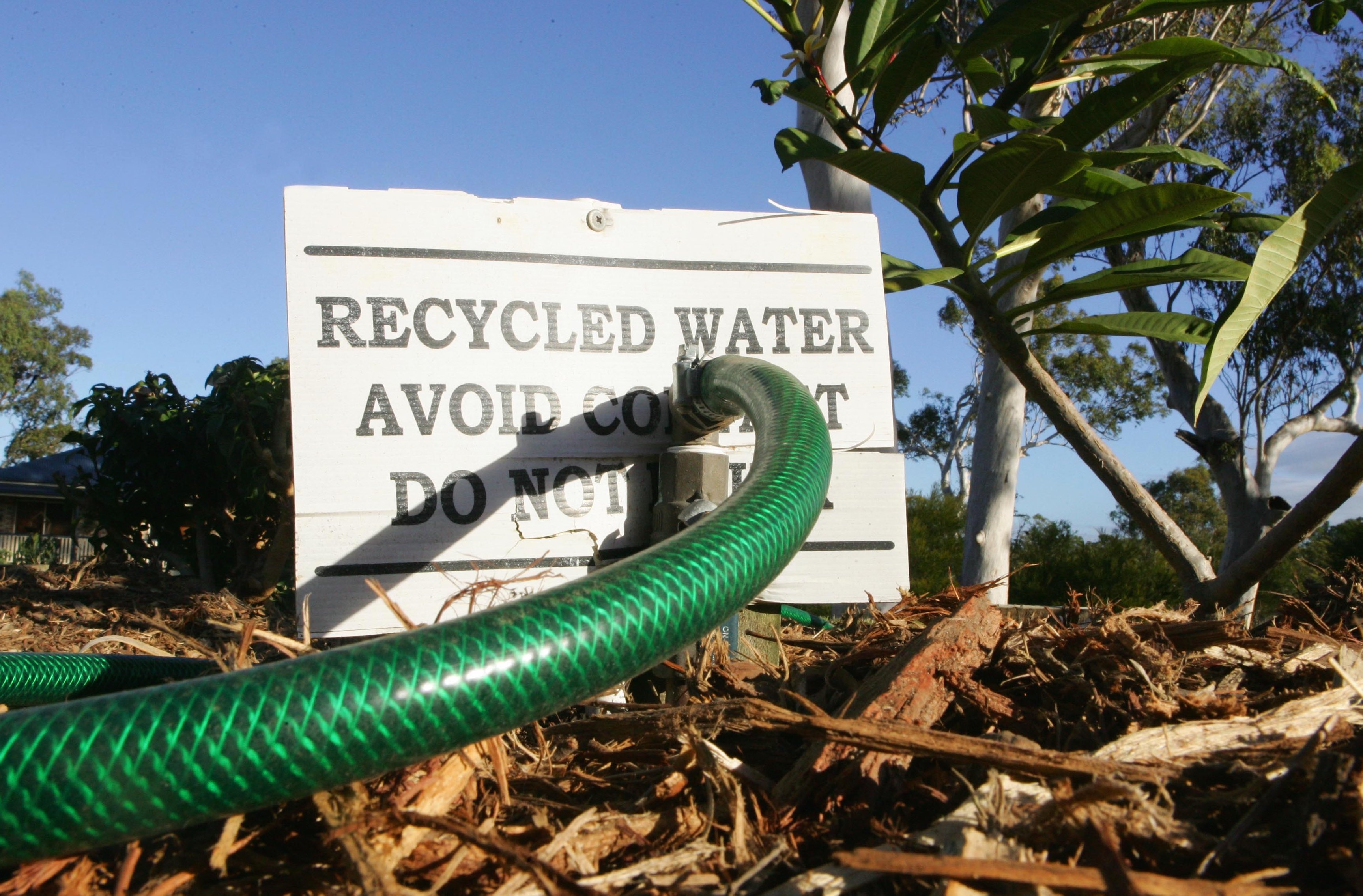
The global problem of thirsty cities

Globally, around 500 million people experience water shortages and that figure is only going up; but good governance and smart water management could lead to collaboration rather than competition
Published 10 June 2019
Urban populations have quadrupled since 1960, and just over half of the current global population now lives in cities. By 2050, two out of every three people will live in cities. At the same time, our urban water needs are projected to rise 50-to-80 per cent.
But even today, around 500 million people experience seasonal water shortages, and by 2050 that figure is expected to reach 1.9 billion.

Water scarce cities
So, how do we get the water that cities need? There are actually only three main options.
Firstly, we can increase supply by building new dams, or desalination plants. But these are expensive, and in the case of dams, the world is rapidly running out of viable locations where the benefits of new water supply outweighs the social, environmental and financial costs of a new dam.

Secondly, we can reduce demand, by increasing water-use efficiency, and recycling and reusing waste water. This is an increasingly popular option, but recycled water remains taboo in many urban centres, particularly in Australia.
Thirdly, we can reallocate water from other users. This involves taking water that’s already being used in one location and transferring it to another. Globally, agriculture is responsible for approximately 70 per cent of freshwater use and cities see agriculture as a source of much-needed water.
New research shows that 69 cities with a total population of more than 383 million people, receive part or all of their water from rural areas, resulting in a transfer of 16 billion cubic metres per year from rural areas to cities.
Now, researchers from University of Melbourne are part of an international team investigating the impacts of water reallocation as a response to urban water scarcity.

The end result is three new reports on the issue. The first is a World Bank study of water reallocation from rural regions to cities; the second is a global systematic review of water reallocation; and the third is a detailed case study of water reallocation from northern Victoria to the city of Melbourne.
Victoria’s north-south pipeline
In 2007, as Melbourne faced an unprecedented water shortage, the state government committed almost $A5 billion to a range of new projects, including a new pipeline to connect Melbourne to the Eildon dam on the Goulburn River in central Victoria.

Sciences & Technology
Protecting our thirsty urban trees from more harsh summers
The new North-South pipeline was the first major drought response project to be completed in 2010, when 27 million cubic metres of water was delivered to Melbourne.
The water for Melbourne came from a huge investment by the state government and Melbourne’s water businesses to increase the efficiency of irrigation water delivery.
The water savings were shared equally between Melbourne, the environment, and irrigators.
But the project is the focus of sustained criticism and repeated investigations into the reality of the projected water savings and the outcomes (positive and negative) for irrigators in northern Victoria.
In 2010, opposition to the pipeline and the irrigation efficiency project was fierce, and contributed to a change in state government. In 2011, after the drought broke, the new Coalition state government changed the rules of operation of the pipeline.

Water could now only be delivered to Melbourne under extremely specific and as yet unprecedented conditions, effectively rendering the project useless for Melbourne’s ongoing water security.
However, Melbourne’s water businesses spent over $A1 billion ($A750 million for the pipeline and $A300 million for the water savings), which contributed to a predicted doubling of Melbourne’s water prices in 2009.
Victoria’s capital city is once again facing growing water scarcity, but the political opposition to bringing water from the north remains so strong that the state government still prefers to order extremely expensive water from the desalination plant.

Environment
What does climate mean for wine?
The case of the North-South pipeline continues to present a quandary for both water managers seeking to manage the water grid efficiently, and recent reviews of Victoria’s infrastructure investment.
New answers to old questions
Melbourne is just one of many cities around the world facing a shortfall between water demand and water supply.
Earlier this year, our team of researchers led by Oxford University and including members from the UK, Spain, Mexico, Brazil, India, South Africa and Australia, completed a systematic review of published studies of water reallocation from rural areas to cities.
We wanted to know where this potential solution to the problem of increasingly thirsty cities is being used, how those decisions are made and whether they lead to effective, equitable outcomes for rural and urban communities.

We found that reallocation projects are expensive, time-consuming and have huge consequences for cities, rural areas, and the environment. Water reallocation needs strong institutions to enable the reallocation and manage the outcomes fairly.
These kinds of decisions are unavoidably political and deserve to be underpinned by rigorous evidence. However, in general, a lack of data means that myths and preconceptions about the benefits (and costs) of reallocating water from agriculture to cities can shape (and reshape) the politics of reallocation projects.
Myths harden into reality, and accepted truisms make a poor basis for large scale investment.

Sciences & Technology
Why we need to use water desalination plants early
Competition or collaboration?
As the biggest water user, the agricultural sector already knows that in the future it will need to do more with less.
Growing populations mean food production must increase by 60 per cent globally – 100 per cent in developing countries.
Increasing irrigation efficiency has been touted as a solution, and small improvements in efficiency could also free up substantial volumes for cities; a move that many hope would ease growing competition for water between thirsty cities and rural regions.
But as cities continue to see opportunity in water allocated for agricultural use, a key lesson from Melbourne’s North-South Pipeline is that urban investment in improved irrigation efficiency isn’t necessarily going to lower competition between cities and rural areas.

Instead, building collaboration is likely to depend on investment in good governance arrangements, clear, evidence-based decisions, community participation (including Indigenous peoples) in integrated water management, as well as real benefit-sharing between cities and rural areas where impacts are acknowledged and addressed.
All of this needs to happen alongside cities making the effort to show that they are doing their best to limit demand and live within their means.
This research was conducted with funding from the World Bank Group.
Banner: Getty Images


